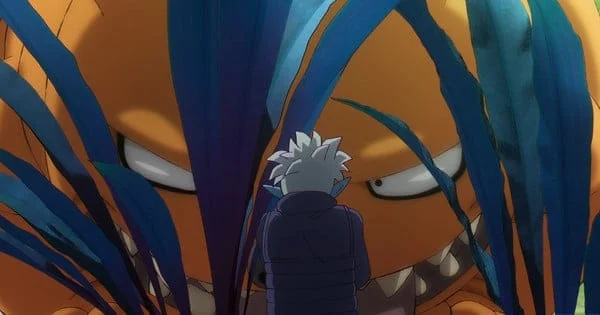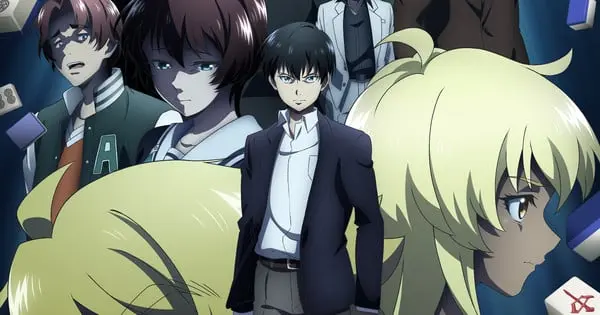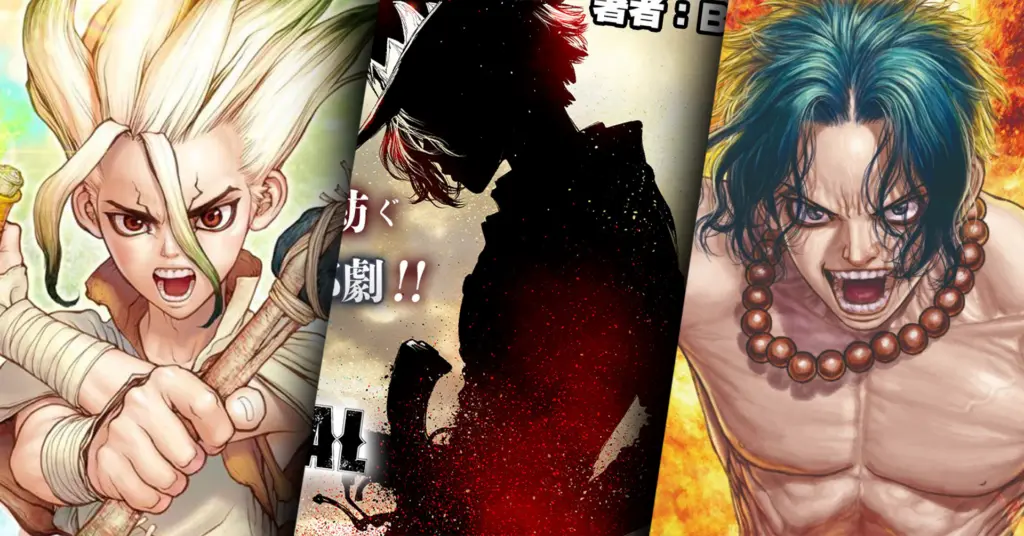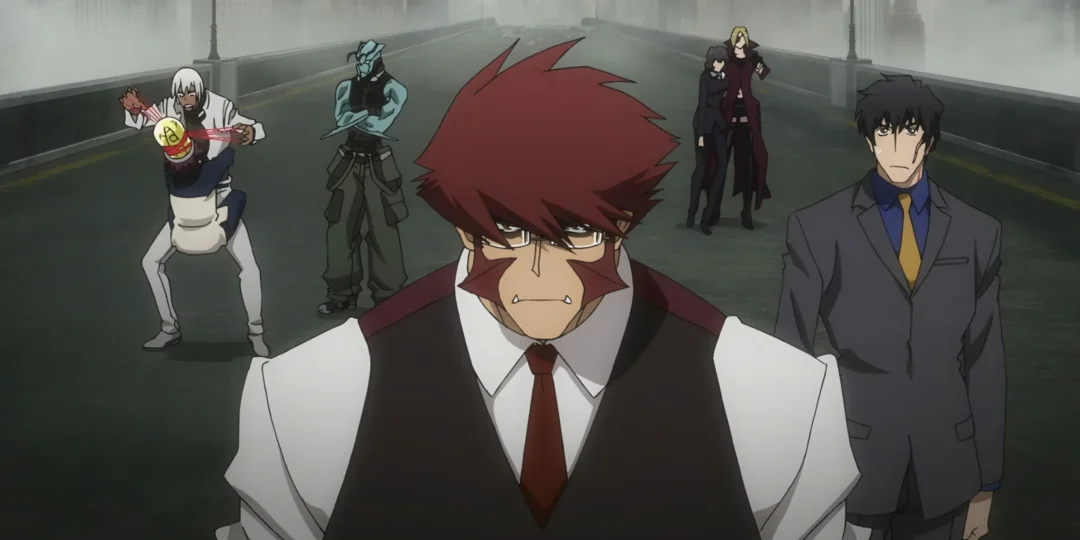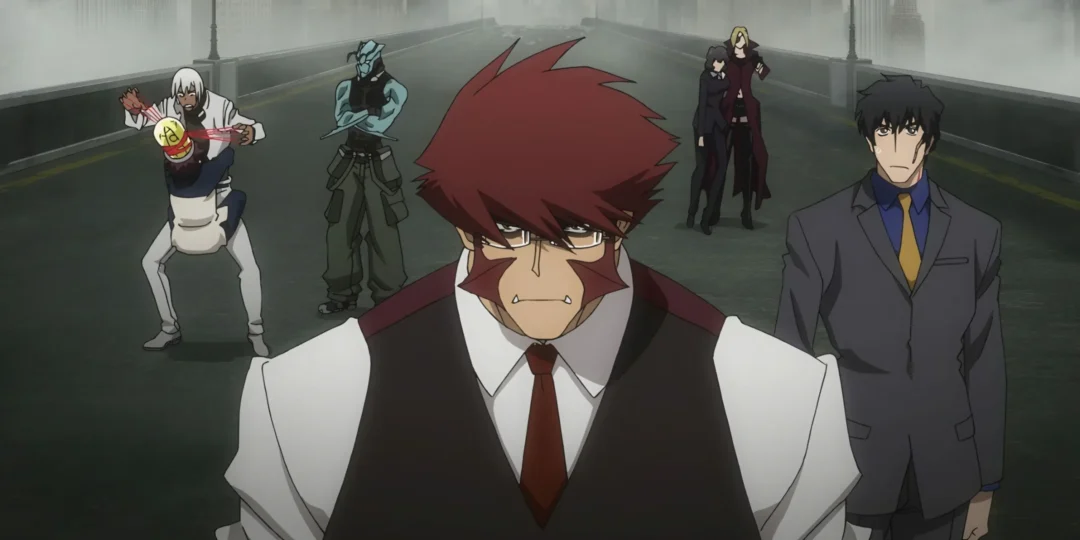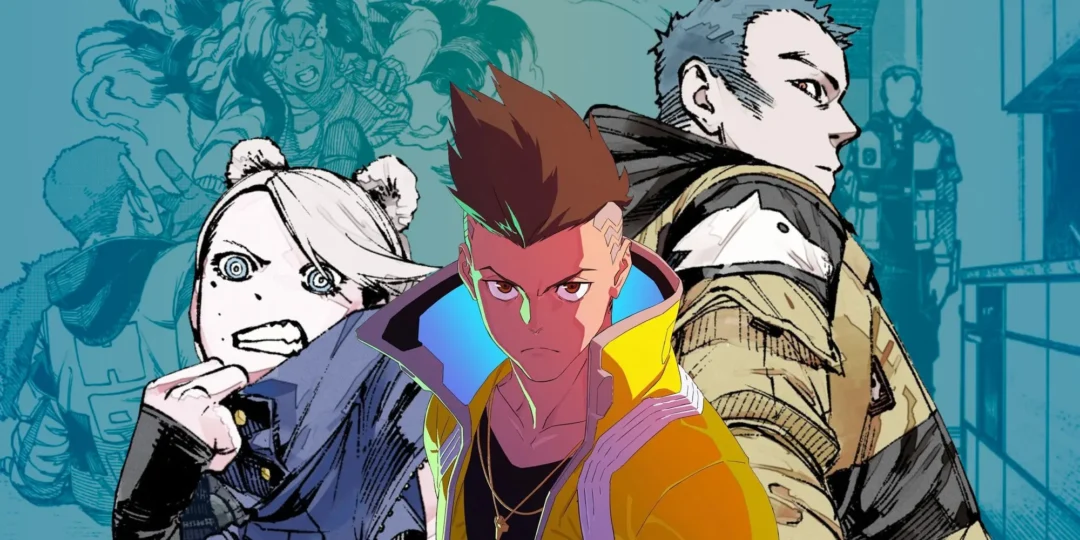The world of manga is a fiercely competitive arena, and nowhere is this more evident than in the pages of Weekly Shonen Jump, the renowned Japanese manga magazine. Known for launching some of the most iconic series in history, including Dragon Ball, Naruto, and One Piece, Shonen Jump is also notorious for its unforgiving approach to series that fail to meet expectations. A recent example of this harsh reality is the impending conclusion of No\Name, a series that is set to end after only 14 chapters.
The Pressure Cooker of Shonen Jump
Weekly Shonen Jump is a cultural phenomenon. It’s the flagship magazine of Shueisha, a major Japanese publishing company. With a circulation that once peaked at 6.5 million copies weekly in the 1980s and 90s, it continues to sell over 1 million copies each week. The magazine is considered the “big league” for manga artists, and serialization within its pages is seen as a potential gateway to “wealth, fame, and power.” This enormous opportunity, however, comes with immense pressure. Creators must not only capture the attention of readers but also maintain that interest week after week.
The magazine operates under a “hit-driven” model. Series are heavily reliant on reader surveys, which determine their placement in the magazine’s table of contents. Those with consistently low rankings face the dreaded “axe,” or cancellation. This system creates a high-stakes environment where even promising series can be cut short if they fail to gain enough popularity. The magazine’s editors don’t have the luxury of waiting for a series to develop, particularly when they are constantly on the lookout for the next big hit.
No\Name‘s Abrupt End
The recent cancellation of No\Name has sparked discussion about the brutal nature of the manga industry. The series, created by Rafal Jaki, who also worked on Cyberpunk: Edgerunners, was published on Shonen Jump+, the magazine’s digital platform. Despite having a dedicated following, the series did not achieve the necessary popularity to continue. The author announced that No\Name would conclude with its 14th chapter, leaving many fans stunned, as the story was just beginning to unfold.
This cancellation is a stark reminder of the high-pressure environment that manga artists face. For every long-running success like One Piece or My Hero Academia, there are countless other series that are abruptly cancelled. Shonen Jump has been known to cancel series with as few as 19 chapters, a phenomenon dubbed the “Under 19 Club” by fans. This leaves little time for a series to develop its characters and plots. The case of No\Name highlights the harsh reality that even if a manga has a modest following, it’s not enough to guarantee survival in this competitive landscape.
The Impact of the Cancellation Policy
The practice of quickly canceling series has a significant impact on creators and readers alike. For mangaka, the constant pressure to produce a hit can be draining and discouraging. They are often forced to front-load their stories with action and exposition, sacrificing character development and nuanced storytelling to increase the likelihood of gaining a quick following. This can lead to rushed pacing and a lack of depth in the narratives.
Readers, on the other hand, may find it difficult to invest in new series, fearing that they will be abruptly canceled before they have the chance to reach their full potential. This cycle of cancellation and fan disappointment creates a feeling of uncertainty. It also has led to many series adapting to a shorter length, in order to pack as much as possible into each chapter.
A Shifting Landscape
While Shonen Jump has a reputation for quickly canceling new series, there are indications that the magazine is becoming more considerate to its canceled series. Recent cancellations have ended on more satisfying notes, suggesting that the magazine may be taking steps to allow series to end with some level of resolution.
Furthermore, the magazine is undergoing a period of significant change. Many of its long-running series that began in the 2010s, such as My Hero Academia and Jujutsu Kaisen, have recently concluded. This leaves a void that Shonen Jump is now trying to fill. The magazine is actively searching for new hits, but they are still relying on legacy series, such as One Piece to maintain popularity. This search leads to frequent green-lighting and cancellations of new manga, hoping to find the next big success.
The End of an Era?
The conclusion of major series has left the magazine at a crossroads. There are many new series, such as Kagurabachi and Sakamoto Days, that are showing promise. The magazine is in the process of determining if any of these series have what it takes to lead the publication into its next golden era.
The cancellation of No\Name and the impending conclusion of Undead Unluck, just a week after Mission: Yozakura Family ended, highlights the brutal reality of Shonen Jump. The pressure to achieve immediate success, coupled with the magazine’s competitive environment, leads to many promising stories being cut short. This system of “If you don’t have a hit, you get canceled” has both advantages and drawbacks. It creates an environment of high energy and competition that has led to the creation of many iconic series. It also means that the many series that fail to meet the extremely high popularity requirements get canceled prematurely. As Shonen Jump continues to evolve, it remains to be seen whether it will adapt its approach to fostering and developing new talent while maintaining the standards it has set for decades.

